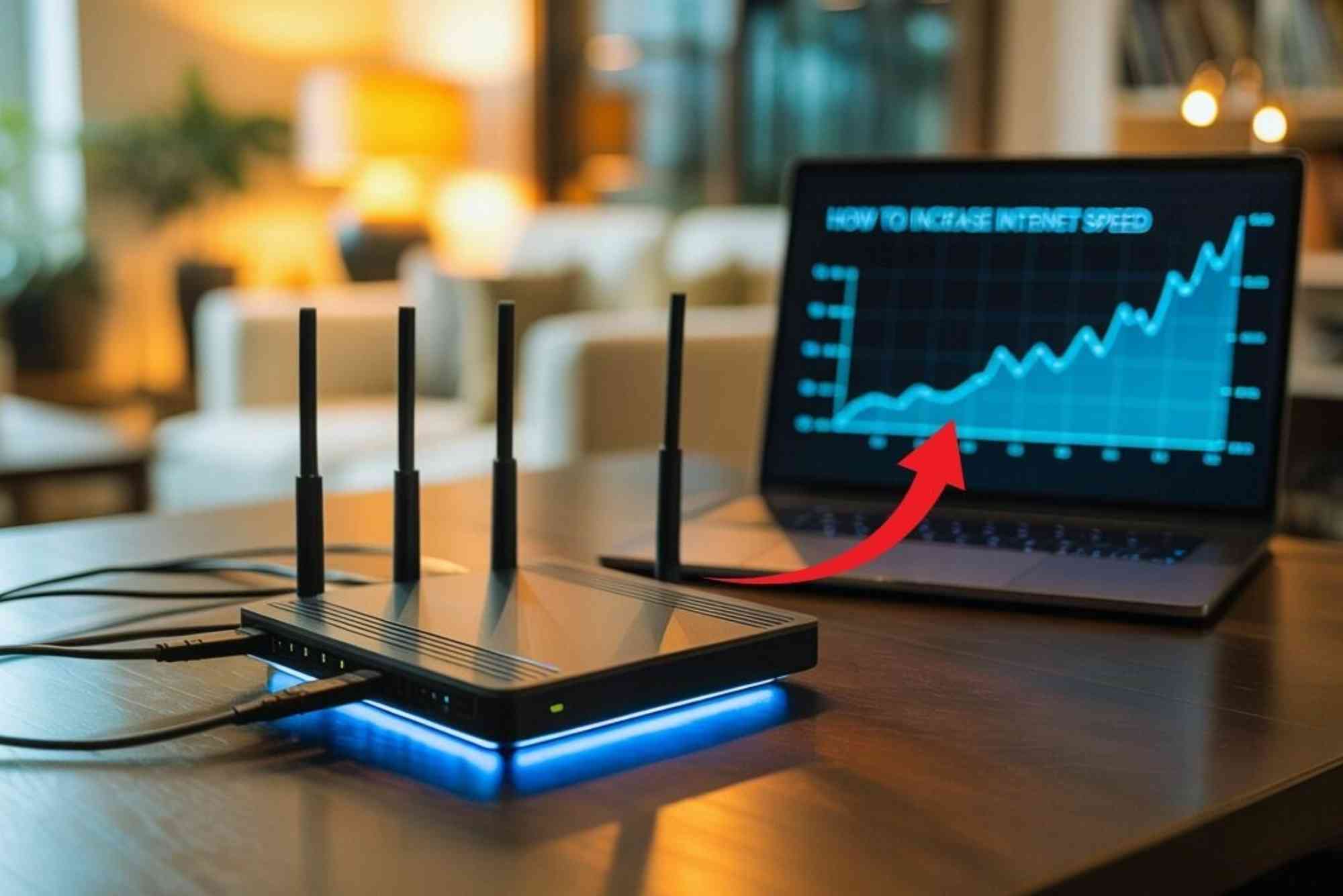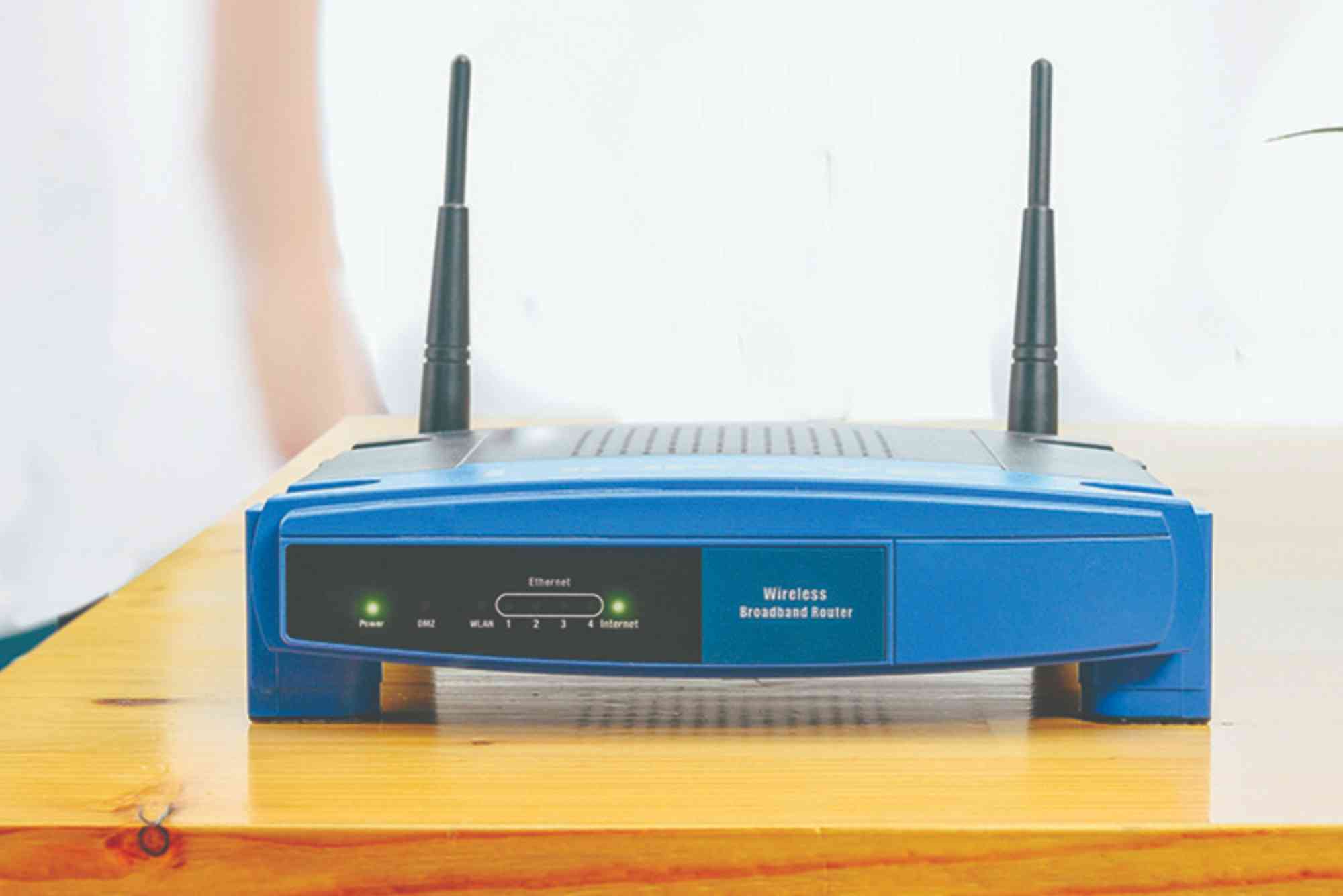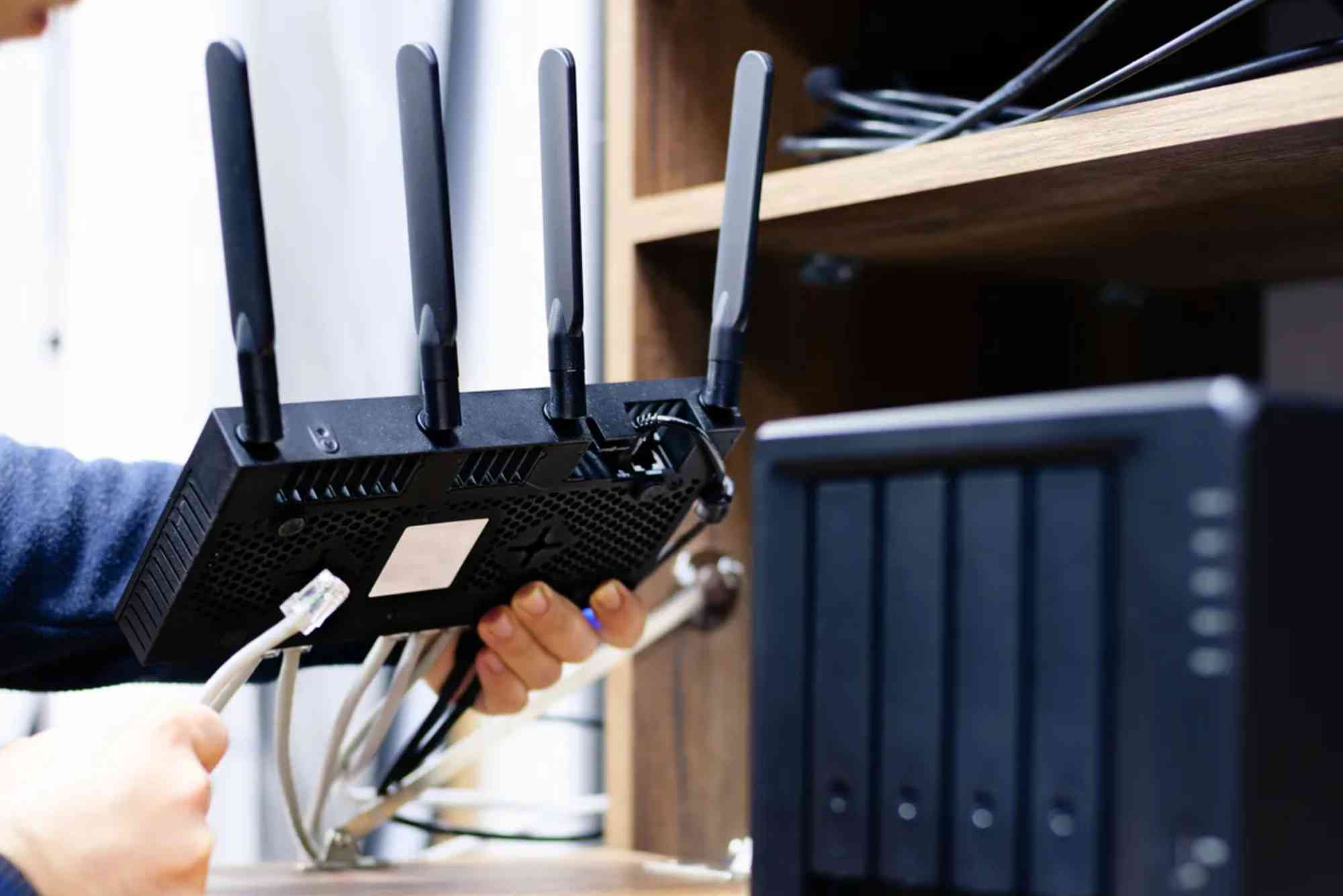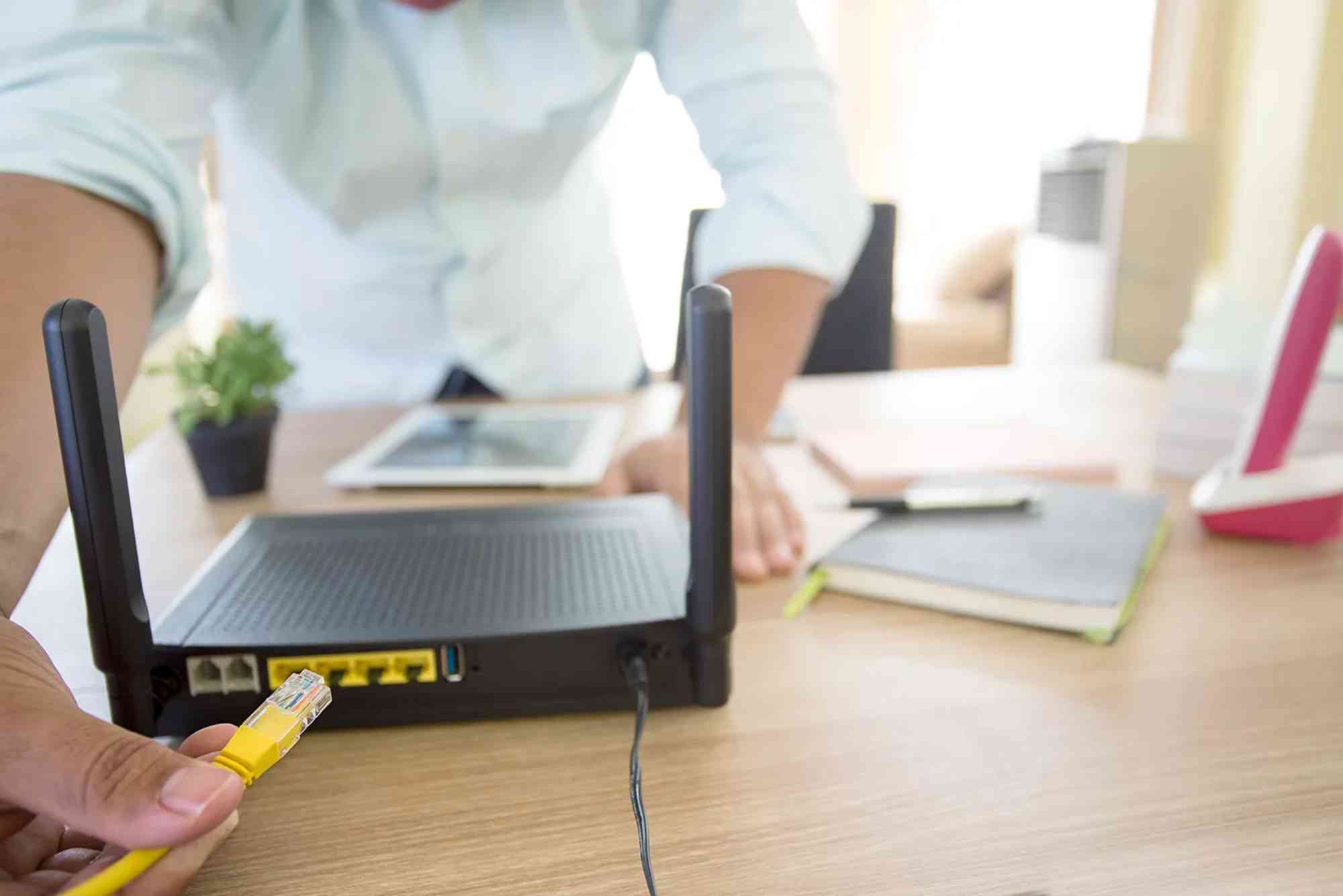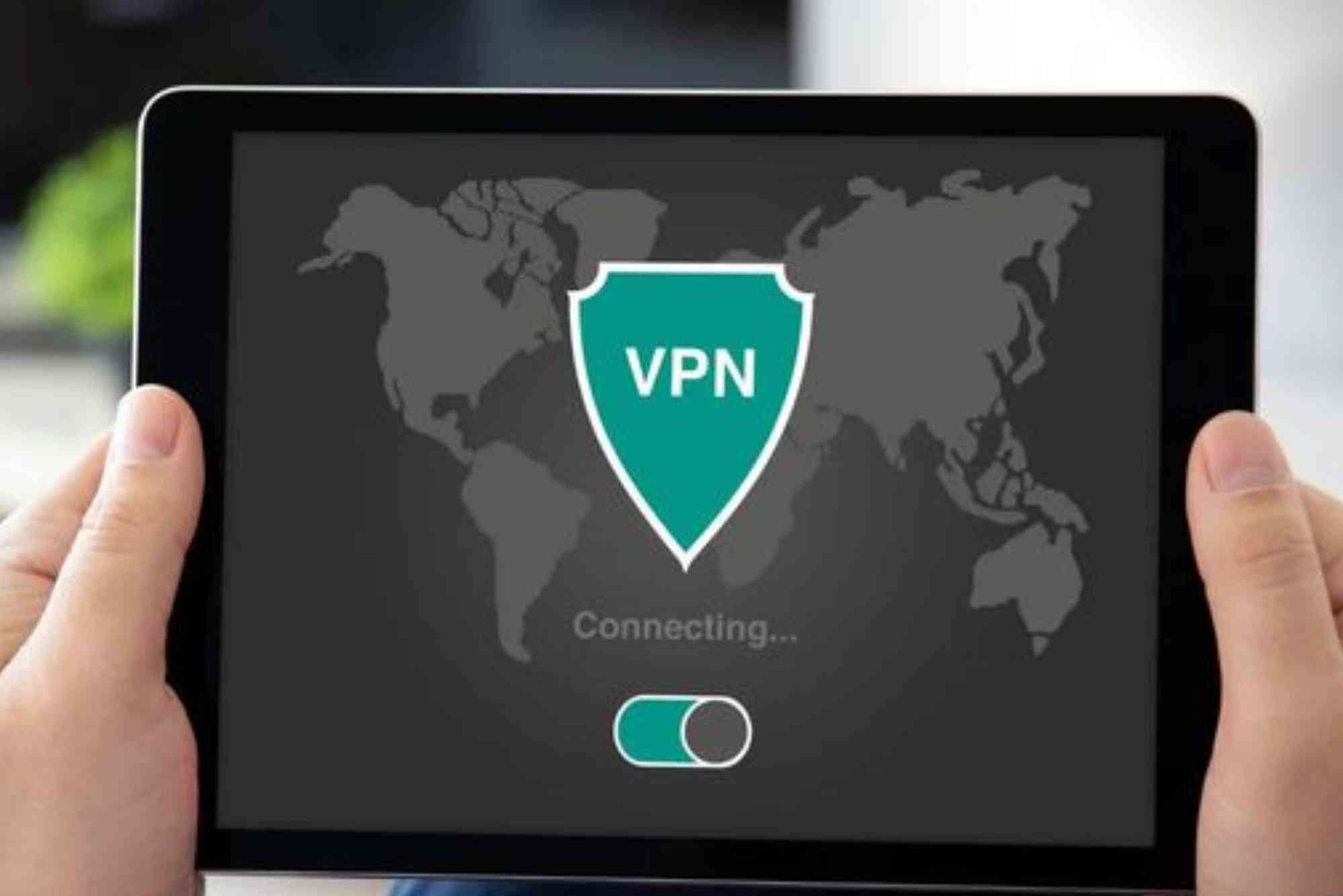Introduction
The internet connects almost every device in our homes today — from smartphones to smart TVs and even doorbell cameras. This convenience also creates new security risks. One of the most common threats is malware hiding on your home network. Detecting malware on your home network early can save you from data loss, identity theft, and financial harm. In this guide, you’ll learn how to identify suspicious activity, recognize compromised devices, and protect your network from future attacks.
Why Detecting Malware on a Home Network Matters
Cybercriminals increasingly target home users, not just businesses. A compromised home network can give attackers access to personal files, online banking credentials, and even IoT devices. Because many home networks lack enterprise-level security, malware can sit undetected for months. Knowing how to detect malware on your home network is the first step toward preventing devastating breaches.
Understanding Malware and How It Infects Home Networks
Malware refers to malicious software designed to infiltrate or damage systems. On a home network, malware can spread through infected downloads, phishing emails, compromised websites, or vulnerable IoT devices. Hackers exploit weak passwords, outdated firmware, or unsecured Wi-Fi connections. Once inside, malware may log keystrokes, steal files, or hijack bandwidth for illegal activities.
Signs of Malware on Your Home Network
Unusual Network Activity
An immediate red flag is unexplained spikes in data usage. If your internet slows down or your bandwidth maxes out when you’re not actively using it, malware could be sending data to remote servers. You can check your router’s traffic logs to see which devices are using data and when.
Unknown Devices on the Network
If you notice devices you don’t recognize in your router’s connected devices list, it could be a hacker’s foothold. This is a common tactic to maintain access undetected.
Frequent Disconnections or Slow Speeds
While slow speeds aren’t always malware, consistent lag or sudden disconnections across devices may indicate malicious activity or a compromised router.
Unusual Pop-Ups or Redirects
Seeing strange ads, browser redirects, or security warnings can signal malware infection on one or more connected devices.
How to Detect Malware on Your Home Network
Use Your Router’s Admin Panel
Most modern routers provide a web dashboard where you can view connected devices, traffic logs, and even block suspicious IP addresses. Regularly review this panel to detect anomalies. Change the default admin credentials and enable WPA3 encryption if available.
Install Network Security Tools
Tools like intrusion detection systems (IDS) or network monitoring software can alert you to abnormal traffic patterns. Even free tools like Wireshark can help you examine network packets for suspicious behavior.
Run Antivirus and Anti-Malware Scans on All Devices
Every device connected to your home network should have reputable security software installed. Schedule regular scans to catch malware before it spreads. Keep software updated to close security loopholes.
Check IoT Device Firmware
Smart cameras, speakers, and appliances often have outdated firmware. Visit the manufacturer’s website to ensure you’re running the latest version. Disable unnecessary features like remote access to reduce attack surfaces.
Enable Automatic Updates on Routers and Devices
Firmware updates often include security patches. Enabling auto-updates ensures your devices stay protected without extra effort.
Segment Your Network
If possible, create a guest network for visitors or IoT devices. This keeps your main network more secure by isolating potentially less secure devices.
Preventing Malware on Home Networks
Use Strong, Unique Passwords
Weak passwords remain one of the biggest vulnerabilities. Use a password manager to generate and store unique credentials for each device and account.
Turn on Firewalls
Both your router and your devices should have firewalls enabled. Firewalls act as the first line of defense by blocking unauthorized access.
Be Careful with Downloads and Links
Educate family members to avoid clicking suspicious links or downloading unverified files. Most home breaches still originate from human error.
Monitor Your ISP’s Security Alerts
Many internet service providers now offer security dashboards. For example, Dhanote Internet Services provides helpful resources to monitor your home network’s safety.
What to Do If You Detect Malware
If you suspect malware, disconnect the affected device from the network immediately. Run a full system scan and follow your antivirus software’s recommended removal steps. Change all passwords after the malware is removed. Resetting your router to factory settings can also clear malicious configurations.
FAQs About Detecting Malware on Home Networks
How can I tell if my Wi-Fi has malware?
Watch for unusual data spikes, unknown connected devices, and persistent slowdowns. Use your router’s admin panel or a network scanning tool for confirmation.
Can a router be infected with malware?
Yes. Routers are common targets because they control all traffic on your network. Always update firmware and change default credentials to reduce risk.
Do smart home devices make me more vulnerable?
Yes, IoT devices often lack strong security measures. Keeping them on a separate network and updating firmware helps reduce the danger.
What’s the fastest way to secure my home network?
Change your router password, enable encryption, and run antivirus scans on all devices. These simple steps dramatically improve security quickly.
Will a VPN protect my home network from malware?
A VPN can encrypt your traffic but does not remove malware. It’s best combined with antivirus software and good digital hygiene.
Stay Vigilant to Keep Your Home Network Safe
Detecting malware on your home network is no longer optional — it’s essential. By understanding the warning signs and using the right tools, you can protect your personal data and connected devices. Take proactive measures today, from updating firmware to using intrusion detection tools, and stay ahead of cyber threats.

